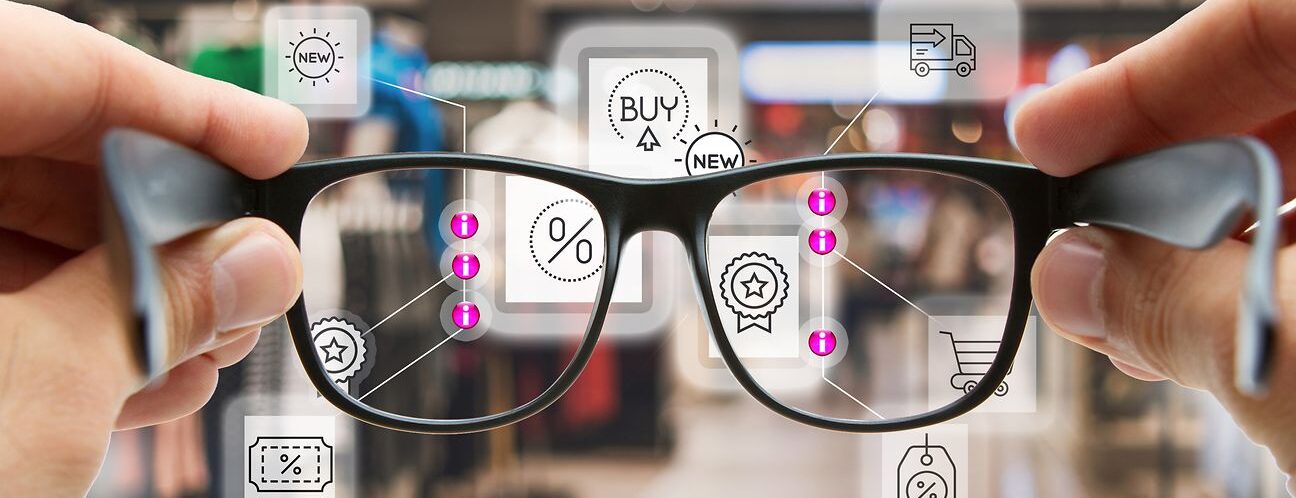Augmented Reality (AR) is an emerging technology that has the potential to transform the way we interact with the world around us. AR overlays digital information, images, and objects onto the real world, creating a seamless blend of the physical and digital realms. As AR continues to evolve, there is a growing need to develop standards and guidelines to ensure that AR experiences are consistent, reliable, and safe for users.
The need for standards and guidelines is particularly urgent because AR is poised to become the next web. Just as the internet transformed the way we communicate, work, and shop, AR has the potential to revolutionize a wide range of industries, from healthcare and education to entertainment and retail. However, without standards and guidelines, AR experiences may be inconsistent and unreliable, which could hinder the technology’s widespread adoption.
One reason why standards and guidelines are needed is to ensure that AR experiences are accessible to everyone. Just as the web has evolved to become more inclusive and accessible, AR must do the same. This means designing AR experiences that can be used by people with disabilities, including those who are visually impaired or have mobility impairments. Standards and guidelines can help developers create AR experiences that are accessible to everyone, regardless of their abilities.
Another reason why standards and guidelines are needed is to ensure that AR experiences are safe for users. AR has the potential to create immersive and engaging experiences, but it also has the potential to be distracting or even dangerous. For example, if an AR experience is not designed properly, it could distract drivers or pedestrians and lead to accidents. Standards and guidelines can help ensure that AR experiences are safe for users and do not pose a risk to their health or wellbeing.
Standards and guidelines can also help ensure that AR experiences are consistent and reliable across different devices and platforms. Just as the web has established standards for creating and publishing content that ensure a consistent user experience, AR needs to establish similar standards. This will make it easier for developers to create AR experiences that work seamlessly across different devices and platforms, which will make AR more accessible and user-friendly.
Finally, standards and guidelines can help ensure that AR experiences are transparent and trustworthy. As AR becomes more prevalent, there is a growing concern about the use of data and the potential for privacy violations. Standards and guidelines can help ensure that AR experiences are designed with user privacy in mind and that users have control over their data.
The time has come to develop standards and guidelines for Augmented Reality. AR has the potential to become the next web, but without standards and guidelines, its widespread adoption may be hindered. By establishing standards and guidelines for accessibility, safety, consistency, and transparency, AR can become a technology that is accessible to everyone, reliable and consistent across different devices and platforms, and safe and trustworthy for users.
In summary, the establishment of a World Wide Web Consortium (W3C) for Augmented Reality is necessary to ensure the development of socially acceptable and safe AR content that can be incorporated into wearables such as glasses and contact lenses.
Examples of the use of Augmented Reality that you might have used or heard about:
- Pokemon Go: This popular mobile game uses augmented reality to allow players to catch virtual creatures called Pokemon in real-world locations using their smartphones. The game overlays digital characters onto the real world, making it look like the Pokemon are actually there.
- IKEA Place: This app allows users to visualize furniture in their homes using augmented reality. Users can select furniture from IKEA’s catalog and place it in their room to see how it would look and fit in their space.
- Snapchat Filters: Snapchat’s AR filters allow users to add digital masks, lenses, and effects to their selfies and videos in real-time. These filters use AR technology to track the user’s face and overlay digital objects onto it.
- AR Navigation: Some car manufacturers, such as BMW and Mercedes, are integrating AR technology into their navigation systems. AR overlays digital directions onto the real-world view through the car’s windshield, making it easier for drivers to navigate and reducing distractions.
- Medical Training: AR is being used in medical training to provide realistic simulations of surgical procedures and anatomy. Medical students can use AR to practice surgeries and learn about the human body in a more interactive and immersive way.
- AR in Healthcare: AR is being used in healthcare to provide surgeons with detailed images of internal organs and structures, improving the accuracy of surgeries. For example, the AccuVein device uses AR to project a map of a patient’s veins onto their skin, making it easier to locate veins for procedures such as blood draws.
- AR in Education: AR is being used in education to create immersive learning experiences. For example, the company Lifeliqe has created an AR app that allows students to explore and interact with virtual 3D models of objects, such as a human heart or a dinosaur skeleton, bringing learning to life.
Interesting reads
The Requirement for Standards in the VR and AR Sectors
IEEE Digital Reality
Metaverse Technology: Augmented Reality Standards
First dropped: | Last modified: February 24, 2023
Error: Invalid modelName in client config.
